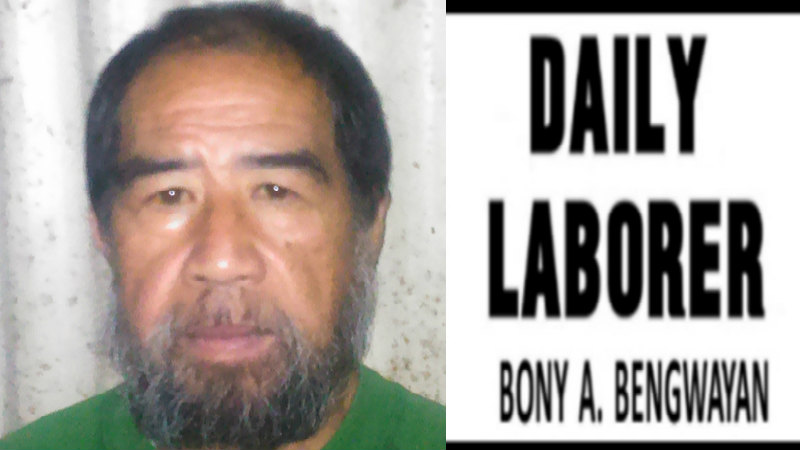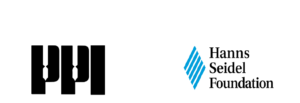Is the so-called “new normal” looming for Cordillera Administrative Region (CAR)? Many would like to know what is so-called “new normal.”
In the view of many CAR authorities, the combination of existing circumstances does not appear for CAR to head in that direction. Not yet.
Authorities’ calculated perspective of not declaring “new normal” keenly attunes to any discovered infection in their respective areas and/or arising from any of adjacent borders that can threaten their jurisdictions and endanger constituents to possible infection.
Authorities’ concern is also in tandem with general sentiment of constituents religiously adhering to rules but when some or non-residents breach their regulations resulting to their confidence further ruffled, blood pressure of affected residents go into boiling point.
That’s what happened this month when a convoy of a certain Manila mayor blatantly breached checkpoint regulations in Kennon Road, then proceeded to Baguio Country Club. It prompted irate residents to launch a petition demanding said mayor be considered persona non grata in Baguio City.
Any new arrivals or those having experienced lockdown from other places like, for example Manila, and wanting to come back to their homes in CAR will definitely undergo triage protocol.
Presently, main battlegrounds against Civid-19 are in Cebu and Manila, the latter where many coming from CAR, work. Manila is known for having undergone the world’s longest lockdown.
Philippines has recorded infections and deaths that has put its outbreak in the middle of the pack in Southeast Asia countries in terms of severity.
Until then, CAR authorities aren’t inclined, presently, to push the risk envelop and declare their jurisdictions, in “new normal” condition.
So, what’s considered “new normal” condition, anyway?
World Health Organization (WHO) says a given locality or country can transition to a “new normal” phase if:
- Control of Covid-19 transmission to level of sporadic cases and clusters, all from known contacts/importations and with incidence being at par with capacity of the healthcare system after maintaining a reserve;
- Detection of all possible suspect cases, their testing and isolation/quarantine irrespective of severity and origin;
- Minimal risks of new outbreaks and of nosocomial (taking place or originating in hospital or health-care associated infection) through efficient triaging and adequate provisions of PPE;
- Establishment of workplace preventive measures suiting Covid-19 in terms of physical distancing, hand washing cough etiquette and temperature monitoring;
- Capacity to minimize risk of imported cases through rapid detection and management of suspect cases at appropriate quarantine facilities, and;
- Communities to be fully engaged in the transition and educated about the necessity to maintain behavioral prevention measures; awareness should be created about each’s individual’s contribution for these to be implemented effectively.
Even when any restriction has been lifted, every nation must develop a detailed set of counter-measures to slow down transmission with aim of achieving state of “low-level or no transmission,” the UN health body stated.
March 27: A Technical Working Group (TWG) for Anticipatory and Forward Planning spearheaded by the National Economic and Development Authority (NEDA) was created for the Inter-Agency Task Force (IATF).
In the TWG’s view, “new normal” is a state of resiliency and better preparedness for emergencies such as the Covid-19 pandemic. There you are.
The TWG’s recommendations on rebuilding confidence and adjusting to the “new normal” are:
- Reduction of uncertainty by making information available to answer some of the pressing questions of stakeholders;
- Recommend programs and strategies to lessen losses experienced by consumers and businesses, and;
- Propose policies and programs to adapt to a “new normal” state of economic activities.
Generally, then, “new normal” is characterized by the need to always observe social distancing, personal hygiene and other sanitation etiquette. There’ll be off and on lockdowns in small geographic locations but Covid-19 threat will remain constant in the minds of all.
In service-oriented organizations, both private and public, “new normal” will mean flexible-work arrangement implementation in accordance with strict social distancing. In many cases, interaction will involve distance, instead of face-to-face.
A mix of staggered work hours and greater dispersion of workspaces will be implemented.
Hygiene protocols will be implemented in all establishments. In the transport sector, there’ll be reduced load, with stringent sanitary rules.
Only if the above are satisfactorily assured will authorities be unhesitant to transition “new normal” in their jurisdictions.
In the case of Baguio, Mayor Benjamin Magalong explained to City Hall department heads during a meeting that the city must have a muscular health underpinning, quarantine and isolation facilities, digitalized emergency response system and faithful adherence to health etiquettes by residents before Baguio can formally switch over to the “new normal.”
“Until the situation in the National Capital Region, Regions 3 and 4 normalizes, I don’t think Baguio City can transition to the new normal,” Magalong pointed out.
Most needed also, Magalong said, is the establishment of a molecular laboratory, a field of laboratory medicine and game changer for hospitals, for its capability to analyze better human genes, diseases and how these develop.
Such need for molecular laboratory was also voiced by Abraham B. Akilit, mayor of Bauko, in Mountain Province when he suggested last June 23 for the Philippine National Police (PNP) to consider putting up of molecular laboratories in CAR to cater to front liners needs, like police officers and others, before and after their deployment.
Covid-19 cases in the Philippines has already breached over 32,000 cases, most incidence in the National Capital Region (NCR). A projected study by the University of the Philippines (UP) estimates cases will soar to 40,000 cases by June 30.
On the other hand, In March, the Department of Health (DOH) predicted Covid-19 may infect as many as 75,000 persons until June, if it’s not contained, based on estimates of experts and epidemiologists consulted by DOH.
For Magalong, his move is deliberate. Baguio happens to be a major converging point of public conveyance terminals where arrivals alight, then proceed for another ride towards their respective province destinations.
Magalong explained “Even if those infected are not from Baguio, the city is still heavily affected.”
Contact tracing spearheaded by Baguio City Health Services Office indicated that most checked for infection came in contact with residents, strengthening postulation of infections occurring in neighboring areas.
“Despite decreasing cases in these areas especially in NCR, I am still not confident in opening our local economy to places still hounded by infections, “Magalong explained.
Local economies, on the other hand, including those in CAR have crimped, adding a slide to the Philippine economy which is projected to lose up to Php2.5 trillion, notes a study, “Macroeconomic Impacts of Coronavirus in the Philippines,” by Philippine Institute for Philippine Studies.
Another study, “We Recover as One,” by NEDA, notes, “The projected decline in government revenues amid muted economic activities, together with increased government spending on Covid-19 response is expected to put pressure on the country’s fiscal position in 2020 and 2021.”
Like the Philippines, all countries are in heated confrontation with a flashpoint disease. Millions facing off against an unseen adversary.
A race for the search of a vaccine against it is ongoing, the like which never seen in modern times because governments are funding the search like they are funding secretive military initiatives or defense capability.
In the end, however, despite the secrecy, it’s demanded that the first country to discover a cure will eventually share it, worldwide, for humankind’s sake.
The conflict as to where coronavirus started has rubbed raw on conflict de-escalation agreements between countries.
Hopefully however, there’ll be no escalation of conflicts between spouses in CAR who have been cooped up in their homes for a long time and who can’t transition to the “new normal,” aptly described by the song. You’ve sung this song before.
Parts of the song say, “Warm, touchin’ warm, reachin’ out, touchin’ me, touchin’ you, sweet Caroline. . .”
But then, transitioning to “new normal” demands social distancing or as Ah interprets, “Keep your distance,” or “Keep off me,” or “Keep your hands off me!”
So, the only way for husbands and wives to successfully transition to “new normal” condition is to “keep away from each other!”













